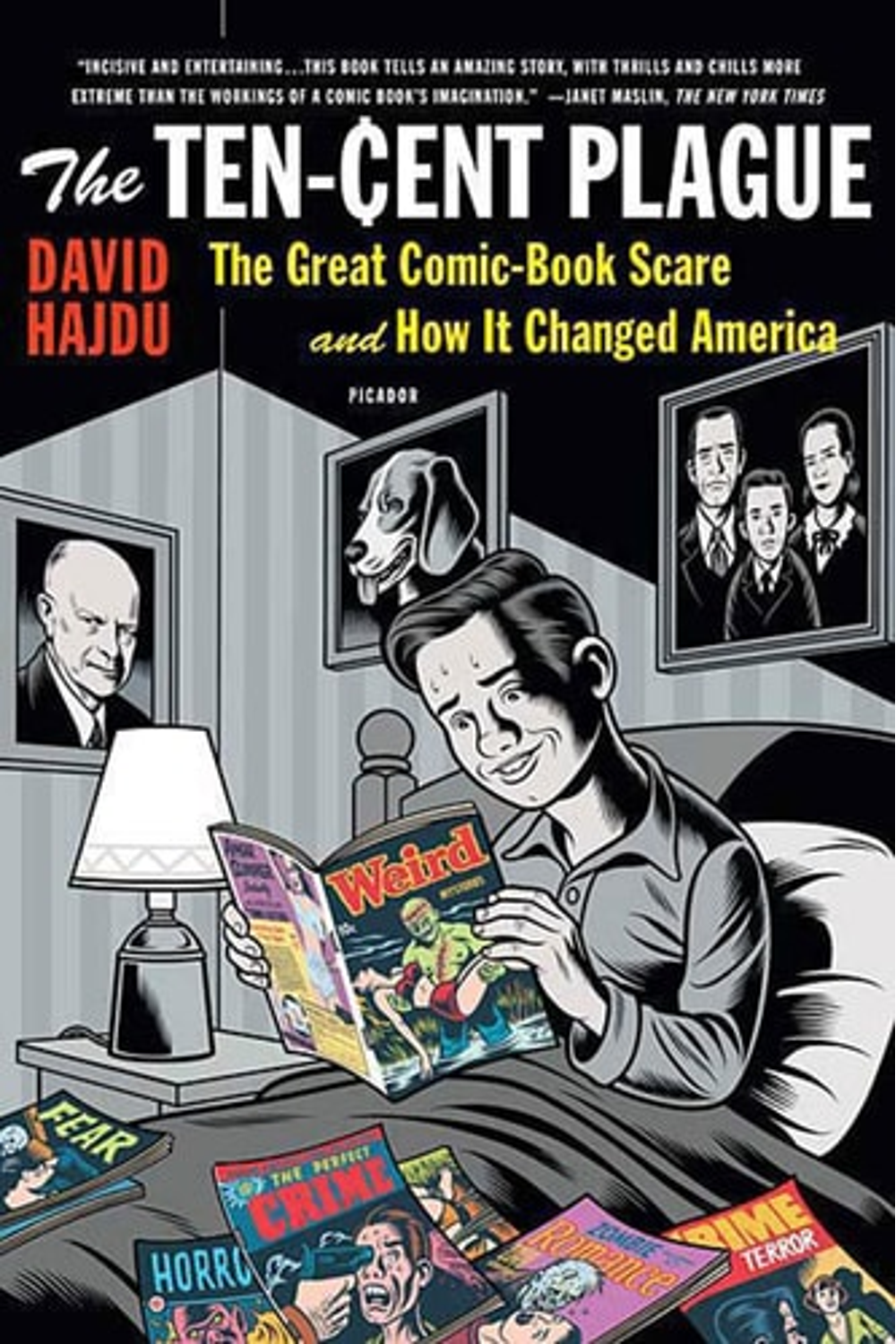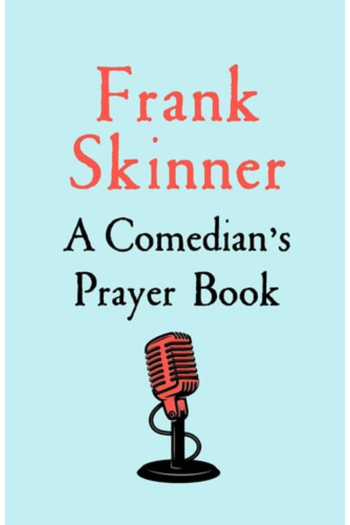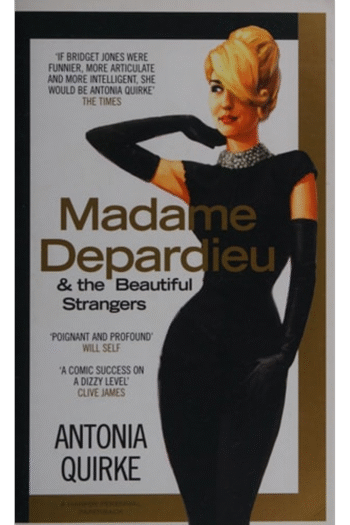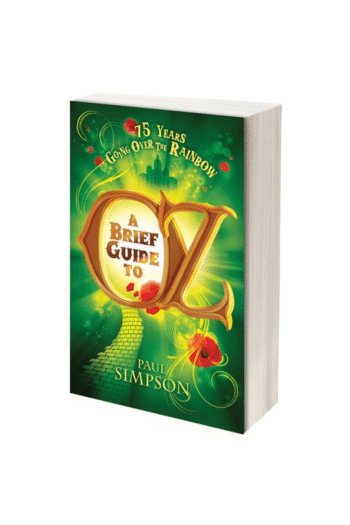“The Ten-Cent Plague” by David Hajdu isn’t just a comic book history; it’s a thrilling excavation of a pivotal moment in American cultural history. Delve into the post-WWII era where comic books exploded in popularity, becoming a vibrant, often subversive, force appealing to a generation of young readers. Hajdu masterfully reveals how these vibrant, cheap publications became targets in a moral panic fueled by concerns about juvenile delinquency, spearheaded by figures like psychiatrist Fredric Wertham. Experience the chilling effects of public book burnings, congressional hearings, and industry self-censorship. Explore the legacy of this “plague” and its impact on censorship, artistic expression, and the ongoing battle between “high” and “low” culture. A must-read for anyone interested in comics, media history, and the ever-evolving relationship between culture and society. Discover the untold story behind the Comics Code Authority and the transformation of an industry.
The Ten-Cent Plague: The Great Comic-Book Scare and How It Changed America
28,35 $
In stock
The story of the rise and fall of those comic books has never been fully told — until The Ten-Cent Plague. David Hajdu’s remarkable new book vividly opens up the lost world of comic books, its creativity, irreverence, and suspicion of authority.
In the years between World War II and the emergence of television as a mass medium, American popular culture as we know it was first createdin the pulpy, boldly illustrated pages of comic books. No sooner had this new culture emerged than it was beaten down by church groups, community bluestockings, and a McCarthyish Congressonly to resurface with a crooked smile on its face in Mad magazine.
When we picture the 1950s, we hear the sound of early rock and roll. The Ten-Cent Plague shows how — years before music — comics brought on a clash between children and their parents, between prewar and postwar standards. Created by outsiders from the tenements, garish, shameless, and often shocking, comics spoke to young people and provided the guardians of mainstream culture with a big target. Parents, teachers, and complicit kids burned comics in public bonfires. Cities passed laws to outlaw comics. Congress took action with televised hearings that nearly destroyed the careers of hundreds of artists and writers.
The Ten-Cent Plague radically revises common notions of popular culture, the generation gap, and the divide between “high” and “low” art. As he did with the lives of Billy Strayhorn and Duke Ellington (in Lush Life) and Bob Dylan and his circle (in Positively 4th Street), Hajdu brings a place, a time, and a milieu unforgettably back to life.
Related products
A Comedians Prayer Book
13,12 $Dogs in the News
15,12 $
- Additional information
- Currencies
- USD – United States dollar
- EUR – Euro
- GBP – Pound sterling
- CNY – Chinese yuan
- BRL – Brazilian real
- MXN – Mexican peso
- JPY – Japanese yen
- PHP – Philippine peso
- THB – Thai baht
- PLN – Polish złoty
- CAD – Canadian dollar
- MYR – Malaysian ringgit
- AUD – Australian dollar
- TWD – New Taiwan dollar
- CZK – Czech koruna
- SEK – Swedish krona
- HUF – Hungarian forint
- ILS – Israeli new shekel
- CHF – Swiss franc
- HKD – Hong Kong dollar
- DKK – Danish krone
- SGD – Singapore dollar
- NOK – Norwegian krone
- NZD – New Zealand dollar





